
Louis D
-
Posts
9,363 -
Joined
-
Last visited
-
Days Won
1
Content Type
Profiles
Forums
Gallery
Events
Blogs
Posts posted by Louis D
-
-
Just about any pair of 8x porro prism binoculars would perform well under the stars handheld I've found. Due to the jitteriness of the image, it's impossible to distinguish high end binoculars from lower end ones at night.
If you can tripod mount, a pair of 15x70mm bins are very nice for observing large open clusters like the Pleiades and Collinder 70 in Orion's belt. Apart from them and a few other large clusters and rich star fields, binoculars aren't particularly engaging as astronomy tools. You will be able to make out the moons of Jupiter, see the elongation of Saturn due to its rings, and have a bit better view of the moon, but that's about it. I also use them for comet hunting and observing.
They'll always be handy to have around for daytime use as well, so it will never be money wasted.
-
17 minutes ago, Second Time Around said:
A zoom eyepiece enables beginners to easily learn what difference a change of magnification makes on all the various classes of object. It also shows them what focal lengths would be most useful to their eyes, their telescope, and their observing conditions.
However, the focal lengths marked on many zooms are not very accurate and should only be used as guidelines, not gospel.
-
 1
1
-
-
13 hours ago, Spier24 said:
I'll be going with a standard skywatcher 2x Barlow
I have no idea why you'd want to double the focal length from 1500mm to 3000mm and halve the speed from f/12 to f/24. The 127 Mak tops out with an 8mm or so eyepiece with a 8mm/12=0.67mm exit pupil anyway.
Zooms perform very well at f/12, as do the BST Starguider line. I'd probably suggest either an 8-24mm zoom plus a 25mm BST Starguider or 8mm, 12mm, and 25mm BST Starguiders.
The US version of the Skymax comes with a 2" 28mm LET which isn't too bad from what I've read. I don't know what type of 1.25" 10mm and 25mm eyepieces the UK version comes with, so I have no idea of their quality.
Are you looking to buy the US or UK version?
-
30 minutes ago, Spier24 said:
Only thing I'd do is buy a scope finder to replace the red dot finder.
Get at least a 50mm RACI. I mounted a 60mm RACI to my daughter's 127 Mak. Sometimes, the view through it in dense star fields is far more engaging than through the main tube.
-
55 minutes ago, Tiny Clanger said:
Lower spec. accessories for us , but I think, (I've not converted $ to £ for years now !) cheaper .
Everything Skywatcher is more expensive over here than in the UK.
-
 1
1
-
-
39 minutes ago, AlexK said:
In a light polluted sky it's not necessary at all as soon as you are well dark adapted.
I was going to say as well, on most nights in my Bortle 5/6 skies, I can readily see the reticle against the background sky glow once dark adapted.
-
9 minutes ago, Spier24 said:
Any difference in build quality between the original skywatcher 127 and the newer Skymax model? Or is the only difference the mount.
Well, the older Synta Maks didn't come with an SCT thread at the back. You had to add this adapter to do that. Now, they come with the adapter already installed. How do I know? I've got an older one for me and a newer one for my daughter. That SCT thread on the newer Maks is easily removed to reveal the original threads of the older versions. The newer version also comes with a 2” visual back, 2" 90-degree star diagonal, and a 28 mm 2” LET eyepiece.
-
-
-
Perhaps you just need to replace the battery in the fob? I had to replace the 12V, 23 amp A23/MN23 battery in my wireless flash transmitter module this last Christmas. It turns out they're also used in wireless garage door opening key fobs. You might check yours to see if it is similar. They look like half of a AAA battery.
-
Sure, but how well do SCT corrector plates stand up to common carrier shipping?







This is but a small sampling of images I found online (mostly on CN). Most were damaged in shipping.I couldn't locate a single image of a broken Mak meniscus corrector. I rest my case.
-
 1
1
-
-
I found this article comparing the Baader film to the Thousand Oaks film. It appears that the Baader is sharper, wider spectrum, and brighter.
I've used the Baader film for 20+ years since it was introduced. In my 8" Dob, I find I need an IR blocking filter for long viewing sessions. This shouldn't be an issue with a C90, though.
Comparison images:
Baader:

Thousand Oaks:

-
 1
1
-
 1
1
-
-
Just defocus a bright star and center the circle on the now backlit crosshairs of the reticle. There's really no need for an illuminator in an eyepiece if all you're doing is centering on bright stars for alignment purposes.
-
 1
1
-
-
On 10/01/2021 at 08:40, LukeSkywatcher said:
We hit -8C the last couple of nights.
Brrrr!!! 🥶
-
On 09/01/2021 at 14:24, Merlin66 said:
Here in Australia we can get some intense sunshine - followed by drought, fire and torrential rain. Luckily not all on the one day!
Texas shares a lot of the same problems with Australia. Of course, California has been trying to overachieve in the realm of wildfires lately. We'll see if they get heavy rains followed by landslides next.
-
Did you get a full refund?
-
1 hour ago, Spier24 said:
Woops. That's why I shouldn't multitask too much! I meant a cassegrain not a Mak.
In that case, rather than rehash SCT vs Mak here, read through this very recent thread:
-
 1
1
-
-
1 hour ago, Spier24 said:
Although I'm going with a Mak so im just trying to narrow it down to which one is better at DSO's.
The only one that's a Mak is the Orion Starseeker IV 150. The Celestron 6SE is an SCT. I guess your decision is made if you want a Mak over an SCT or Newt.
-
Well, they're both made by Synta and both are considered good performers. Orion USA doesn't make anything, they are strictly a reseller.
Hopefully, others will chime in on the relative merits of each scope and mount.
-
 1
1
-
-
Or get a 7.2-21.5mm zoom with a Baader Q-Turret 2.25x Barlow as @John has often suggested. That way, you'll have all the focal lengths between 9.6mm and 3.2mm.
-
 4
4
-
-
That means it has a focal length of 1000mm and an aperture of 114mm. The focal ratio between these two is 1000/114 = 8.77 ~= 8.8.
If you take the focal length of the scope and divide it by the focal length of the eyepiece, you'll get the working magnification. So 1000/25 = 40x, 1000/9 = 111x, and 1000/5 = 200x. Adding the 2x unit ahead of the eyepiece doubles the magnification of each combination.
I would start with the 25mm and try and get Saturn or Jupiter first. Remember, they're very low in the sky, so you'll have to work quickly after sunset to catch them at all. Also, you'll need a clear sight line to the southwestern horizon. At 40x, Jupiter's moons and Saturn's rings should be obvious. By the sound of it, you might just be looking at stars in the vicinity instead and need to get the finder scope adjusted to make sure the main scope is on target as mentioned above.
Once you've got one of them for certain at 40x, try moving up in power to the 9mm and then 5mm eyepieces. You could also try the 25mm or 9mm with the 2x element for 12.5mm and 4.5mm equivalents. The 5mm plus 2x isn't going to work well in your scope, so just avoid that combination.
-
54 minutes ago, Don Pensack said:
However, the 17.3mm Delos has a chromed brass lower barrel, and is a bit longer, and might possibly have more elements internally.
Are you implying the Delos's upper barrel is also aluminum and only the lower barrel is brass? What has been the industry standard for the upper barrel? I know chromed brass has been the standard for the lower barrel for years, but I really have no idea about the upper barrel metal.
Siebert has been using aluminum upper barrels to make his eyepieces lighter than they would otherwise appear to be. Russell uses Delrin for his eyepiece barrels that makes them even lighter yet.
-
In gun circles, Picatinny rails are used to securely attach accessories to the barrel via clamps, sort of the reverse of astronomy where the clamp is on the OTA and the rail is on the accessory.
I have a Losmandy finder bracket that follows the Picatinny model, but with a slightly narrower rail. It's been discontinued, but it's similar to this current one:

There won't be any flex with a setup like this.
-
41 minutes ago, Zermelo said:
I did a comparison on M42 and both improved the view, but I couldn't see any difference between the two.
The effect becomes more pronounced with more light pollution due to the narrower passband of the OIII rejecting more spurious light, increasing contrast. Losing the H-beta line doesn't seem to affect the image as much as rejecting more light pollution.








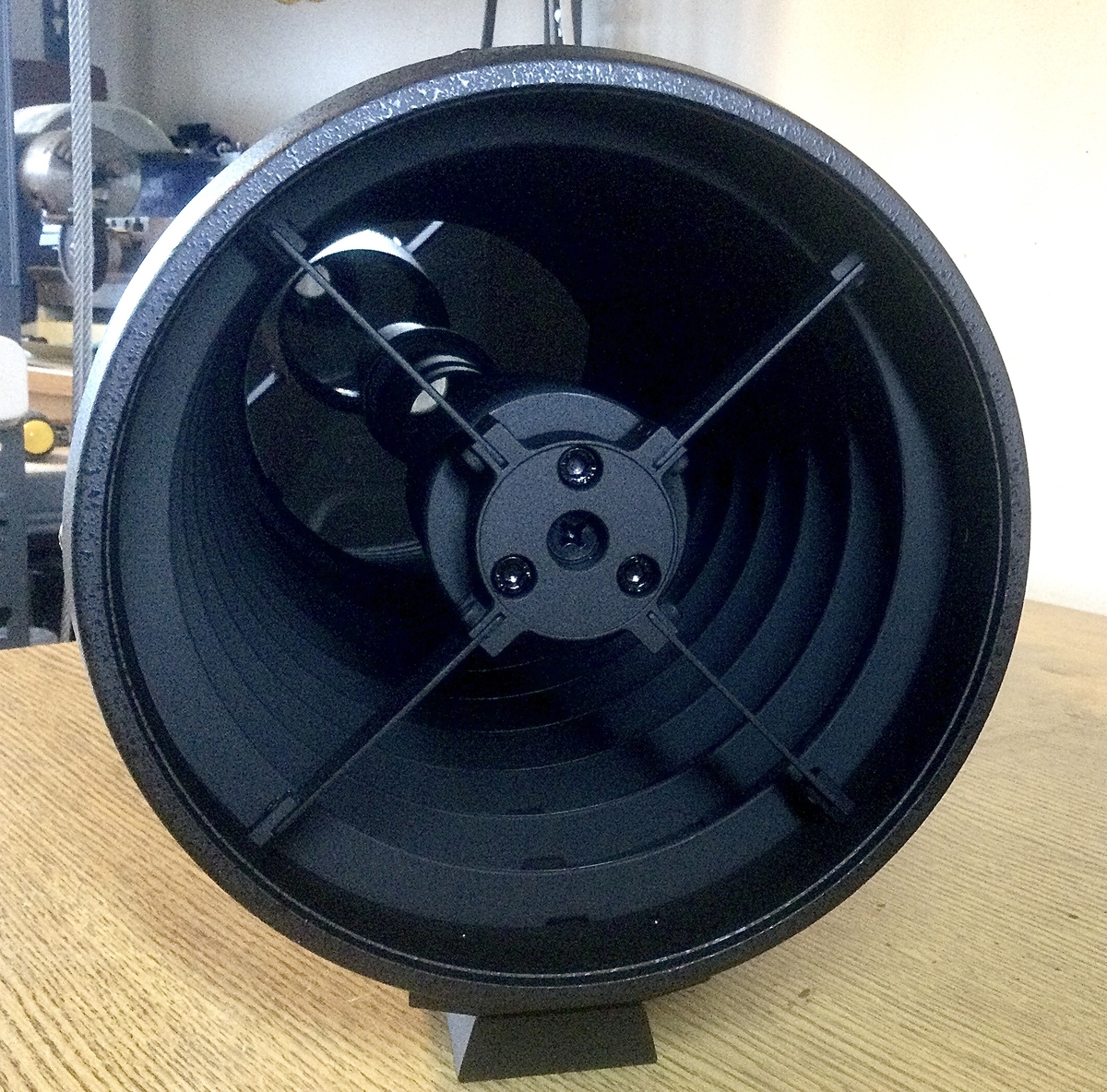
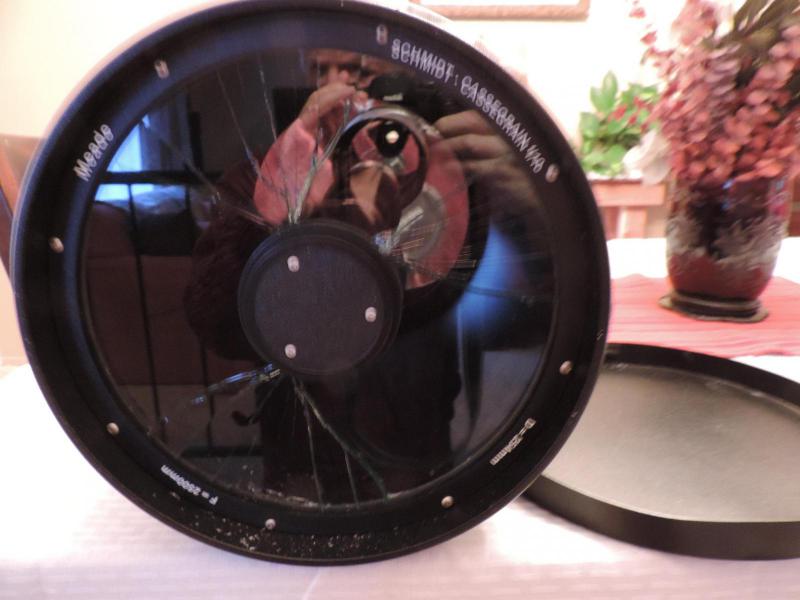
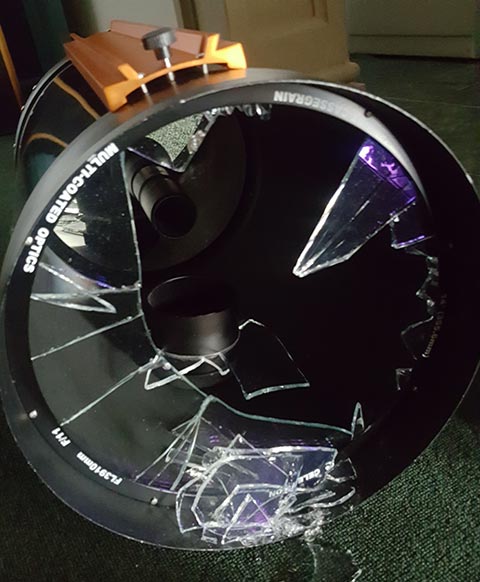
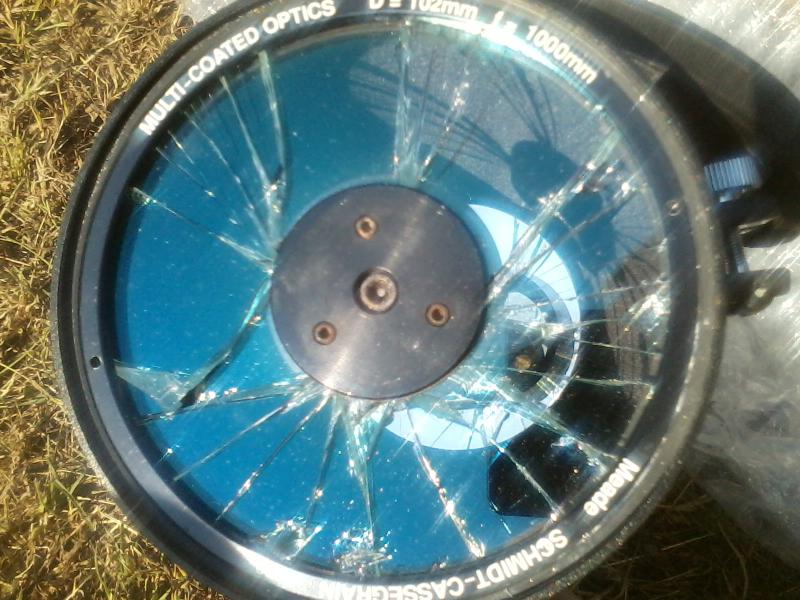

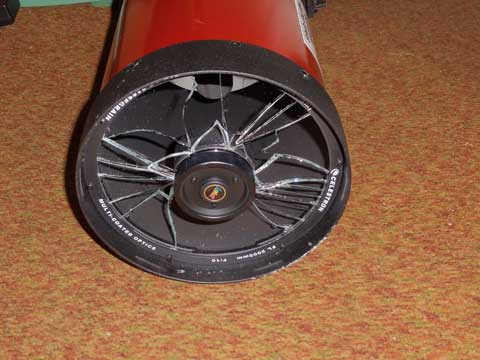
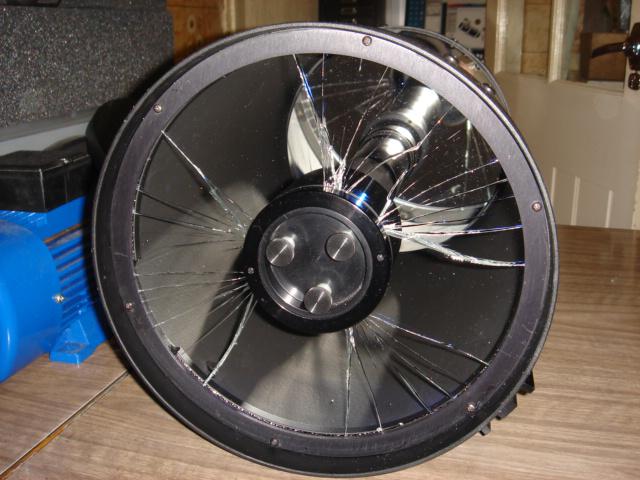


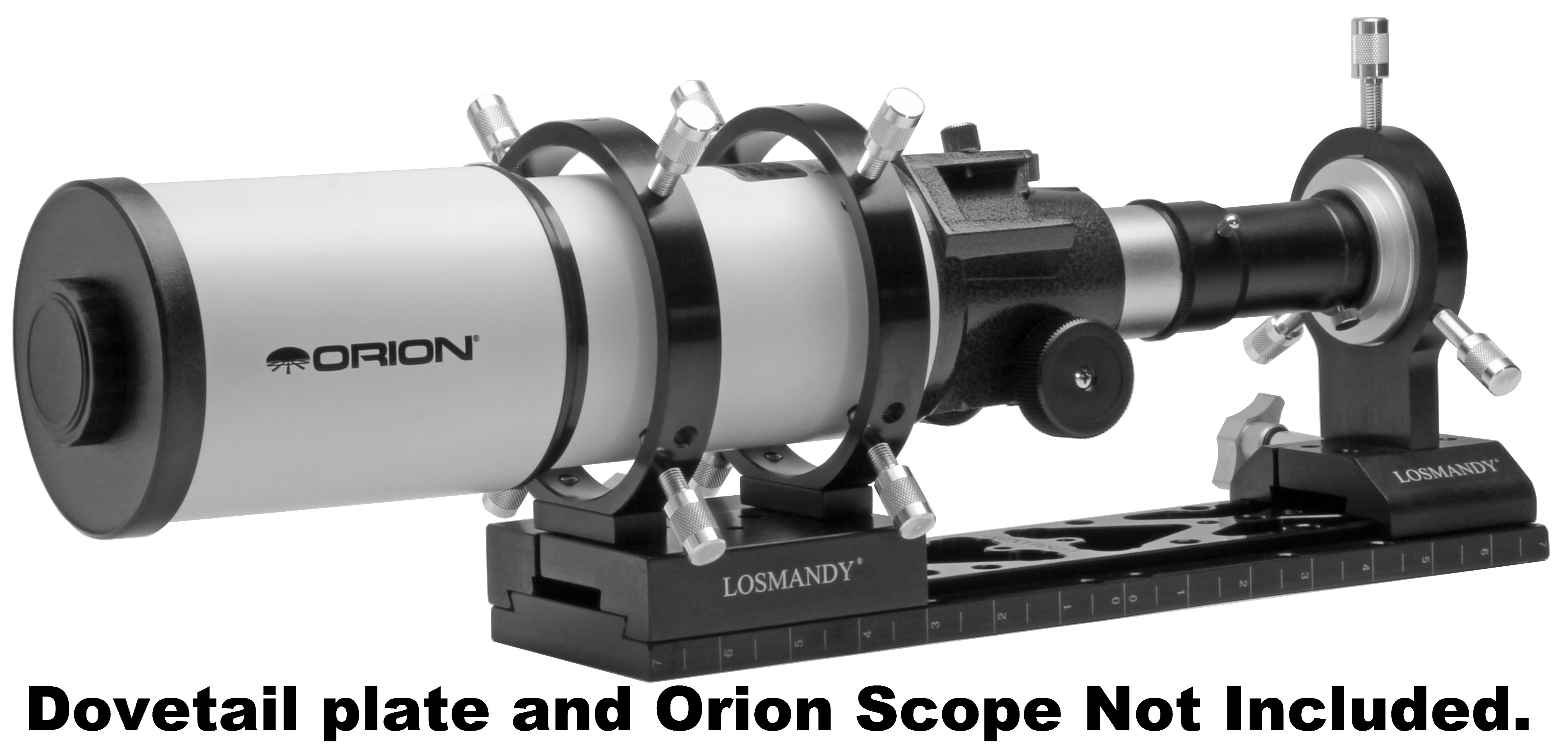
Skymax 127 review
in Discussions - Scopes / Whole setups
Posted · Edited by Louis D
Generally, the 7.2-21.5mm zooms and the 8-24mm zooms generate the most favorable reviews. Svbony has a new line of eyepieces direct from China generating favorable reviews on CN. I'm not sure if the 7-21mm is the same as the SW version. The 8-24mm is definitely different from the Celestron/Meade/SW/Agena version. You'll have to hunt around to find who has any zooms in stock.